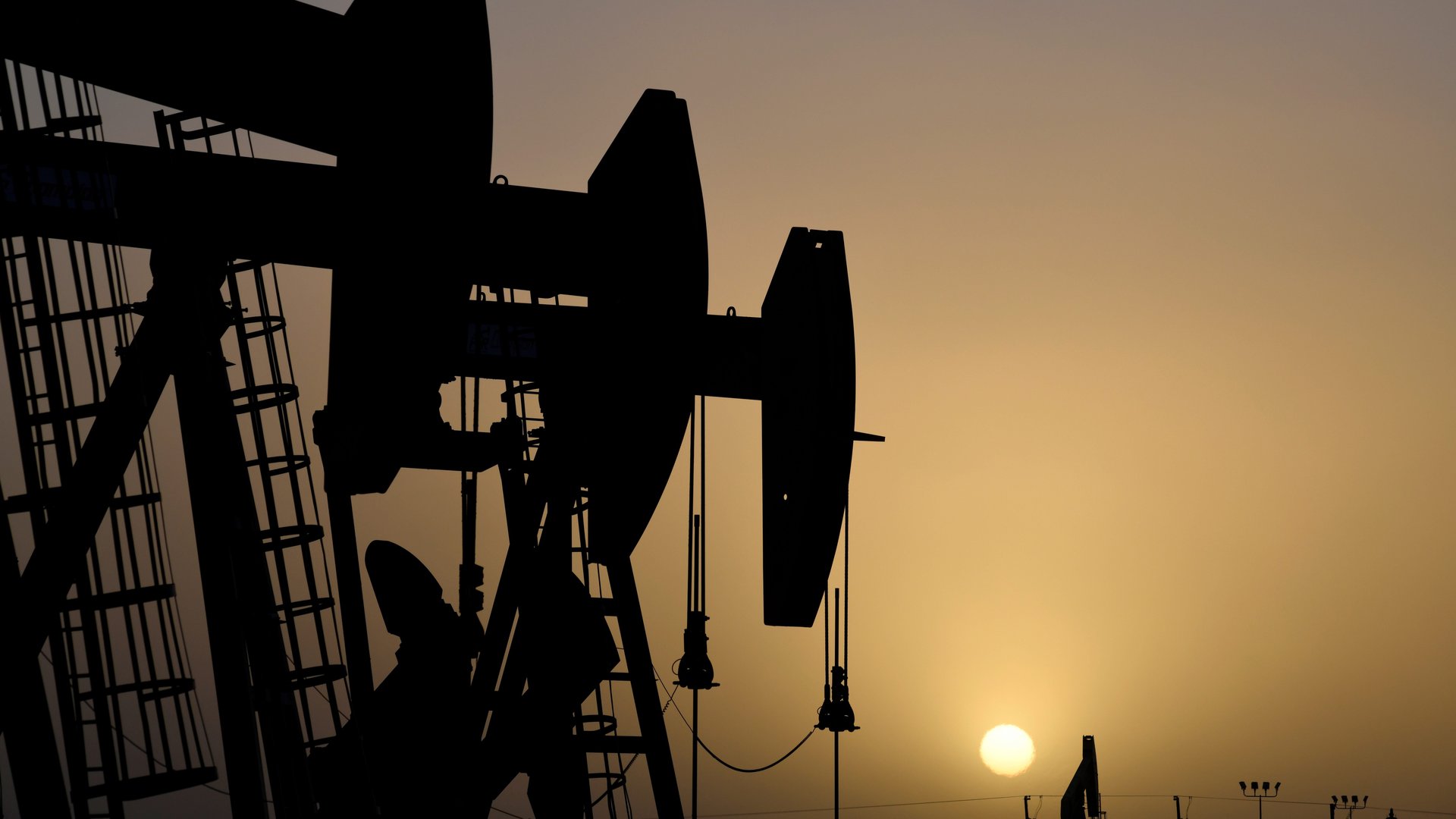The collapse of the US fracking industry, in seven charts
On April 1, the historic oil price collapse triggered by the coronavirus pandemic claimed its first victim in the US shale oil industry. Whiting Petroleum, a Denver-based fracking company that operated mostly in North Dakota’s Bakken formation, filed for bankruptcy, blaming “the Saudi / Russia oil price war and the Covid-19 pandemic.”


On April 1, the historic oil price collapse triggered by the coronavirus pandemic claimed its first victim in the US shale oil industry. Whiting Petroleum, a Denver-based fracking company that operated mostly in North Dakota’s Bakken formation, filed for bankruptcy, blaming “the Saudi / Russia oil price war and the Covid-19 pandemic.”
Shale oil, which can be extracted from underground rock formations after they are hydraulically fractured, or “fracked,” open, helped make the US the world’s top oil producer over the last decade. But in addition to environmental concerns like groundwater pollution and methane emissions, fracking is an expensive enterprise, and is usually only feasible when oil is fetching much higher prices than it is now.
The price crash was a hard landing for Whiting, whose stock was trading above $150 a few years ago, and closed at 67 cents on March 31. And it’s not likely to be the last.
Since early March, oil prices have fallen precipitously to record lows. West Texas intermediate crude, the standard US benchmark, fell from around $60 per barrel in January to under a dollar this week. On April 20, futures prices for the US oil benchmark went below zero for the first time ever.
The cause was a chain reaction: Coronavirus and all the associated travel restrictions and social distancing will cause demand for oil to plummet by at least 20 percent this year, according to the International Energy Agency. Yet global producers, particularly Saudi-led OPEC and Russia, still haven’t been able to agree on a plan to slow production.
That’s a big problem for fracking companies, almost all of whom require oil prices of at least $30, if not much higher, to turn a profit. Many are also under a lot of debt: The industry as a whole will see $133 billion in debt come due between now and 2026, according to analytics firm Rystad Energy. Meanwhile, the glut in production has been so extreme that the world is quickly running out of places to keep it all, which could drive prices down even further.
At current prices, not one of the 100 largest fracking operations in the country can turn a profit.
“I don’t think it’s a death knell, but it’s definitely an inflection point for this industry,” said David Livingston, a senior oil analyst at Eurasia Group. “When you come out the other side, to the degree that shale survives, you may see an industry that has consolidated significantly. The rigs will still be pumping but they’ll have different ownership signs hanging on them, with many smaller independents replaced by the big majors.”
One of the first indications of pressure on the industry: Dozens of drilling rigs are being taken offline.
Meanwhile, the number of new wells coming online annually is poised to fall to its lowest level in at least a decade, if prices don’t rebound above $30.
With profits taking a hit, many companies are slashing spending. At least $16 billion in reductions to planned capital spending have been announced.
If oil stays close to its current price, Whiting Petroleum will be just the first of hundreds of bankruptcies.
Update: This story was updated to reflect more current data on oil prices on April 21, 2020.
Correction: An earlier version of the rig count chart in this story used data for the wrong years. It has been updated with accurate figures.